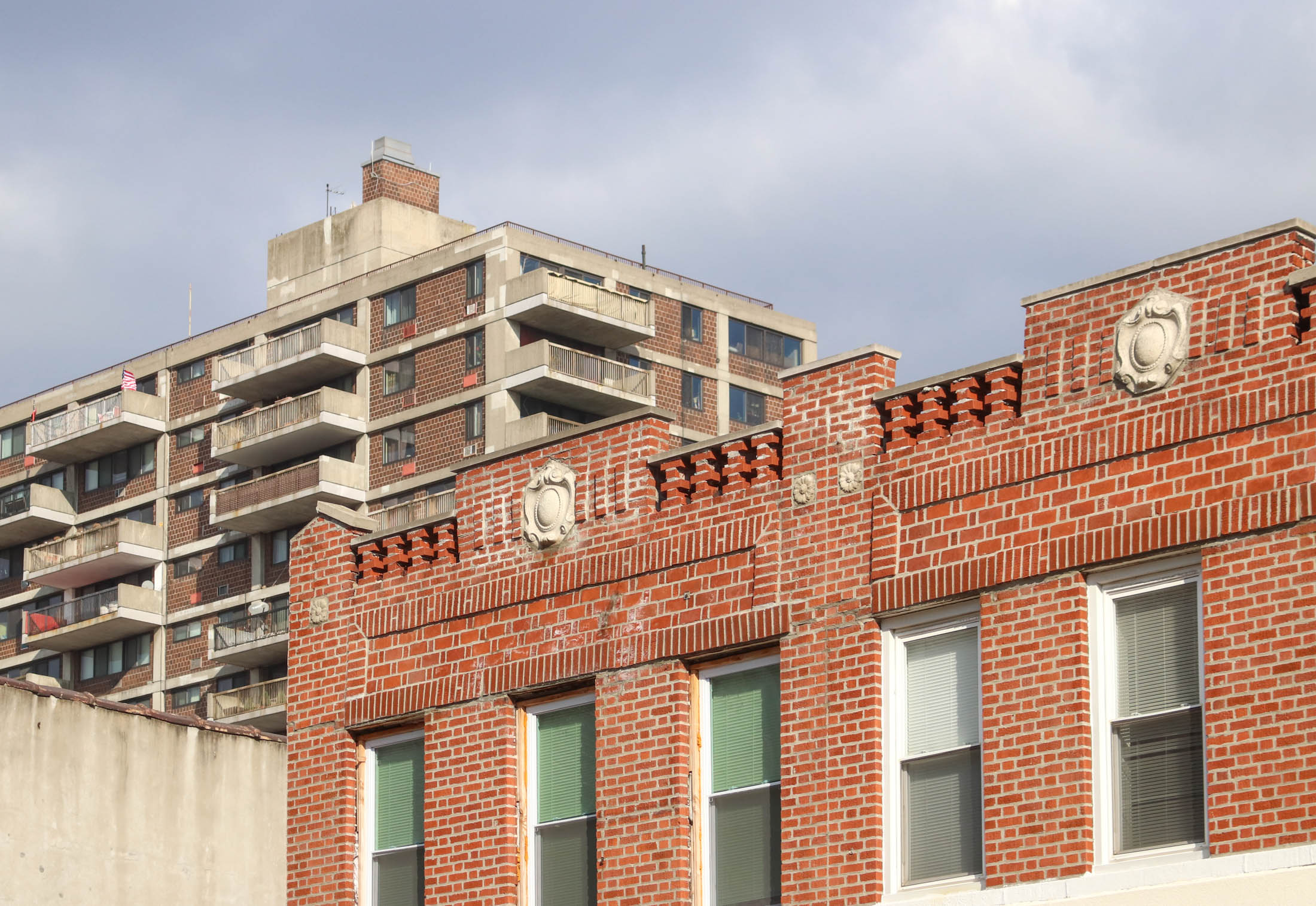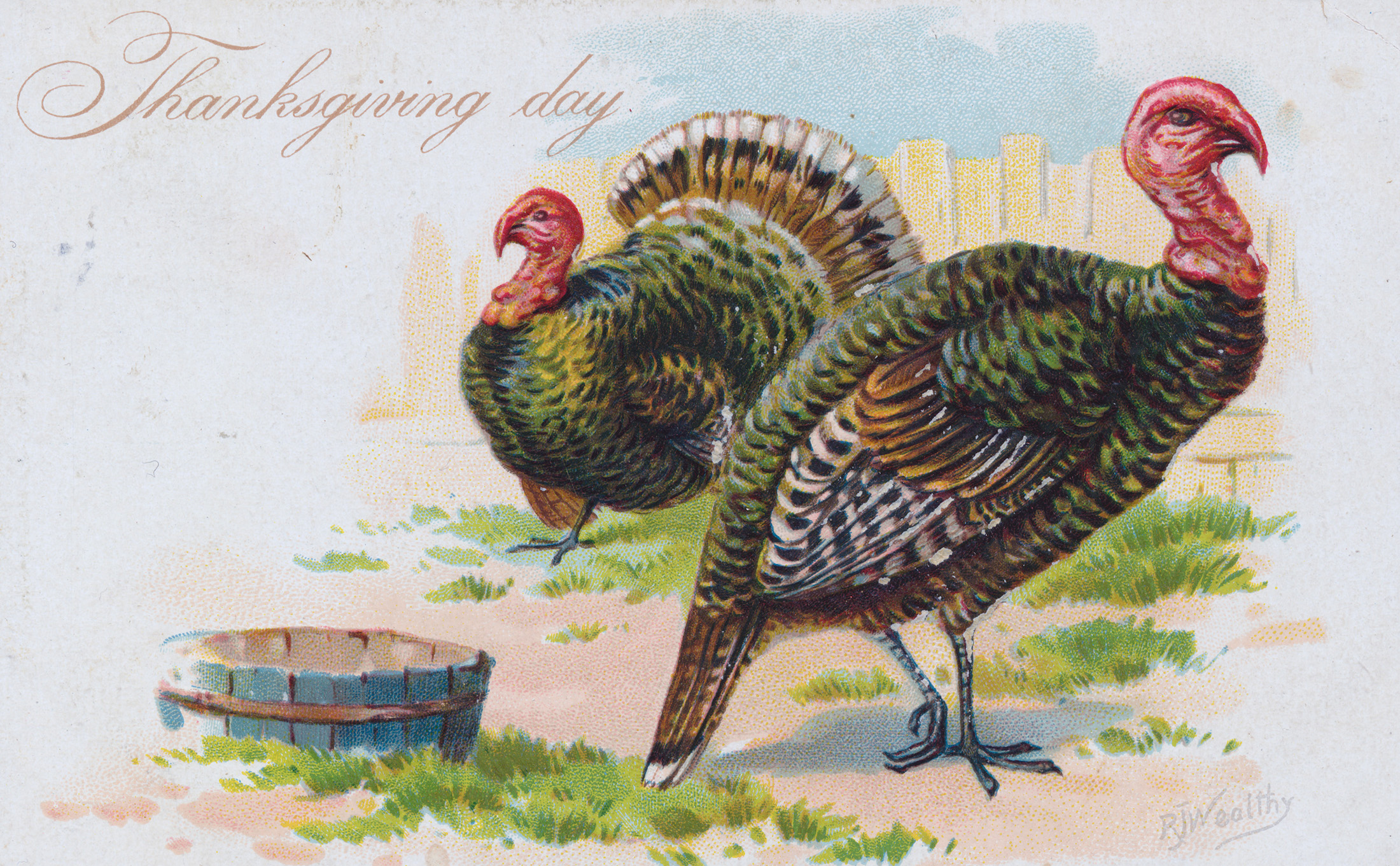Little Boxes, Big Slums
So what happens when McMansions all over the country are downgraded in status and price to the dollar menu? According to an article in The Atlantic, it means we’re witnessing a huge shift in where Americans are choosing to live. The piece, by Brookings Institution fellow/Arcadia Land Company honcho Christopher B. Leinberger, racks up fact…


So what happens when McMansions all over the country are downgraded in status and price to the dollar menu? According to an article in The Atlantic, it means we’re witnessing a huge shift in where Americans are choosing to live. The piece, by Brookings Institution fellow/Arcadia Land Company honcho Christopher B. Leinberger, racks up fact after fact to support the theory that the suburbanization of the U.S. has run its course:
For 60 years, Americans have pushed steadily into the suburbs, transforming the landscape and (until recently) leaving cities behind. But today the pendulum is swinging back toward urban living, and there are many reasons to believe this swing will continue. As it does, many low-density suburbs and McMansion subdivisions, including some that are lovely and affluent today, may become what inner cities became in the 1960s and ’70s—slums characterized by poverty, crime, and decay.
Leinberger argues that as cities have increased in cachet over the past decade or so, builders have gone gangbusters on the suburbs, leading to overdevelopment in non-urban areas and huge price premiums in our cities. One demographer he cites forecasts a “likely surplus of 22 million large-lot homes forecasts a likely surplus of 22 million large-lot homes (houses built on a sixth of an acre or more) by 2025—that’s roughly 40 percent of the large-lot homes in existence today.” There are plenty of good reasons to believe cities—and manufactured, urban-esque “lifestyle centers” outside of cities that include walkable streets and retail clusters—will only continue to grow in popularity. For example, Leinberger notes that by 2025 there will be an equal number of single-person households as families with children. The whole article is well worth a read, though it oddly doesn’t address the possible racial ramifications of a suburbia-as-slum/cities-of-gold cultural shift. Still and all, it’s a sobering look at how the McMansion developments of today may be the poverty-stricken badlands of tomorrow.
The Next Slum? [The Atlantic]
Photo by bob.





funstraw 1:50 – what statement are you referring to?
The ‘extra’ expense of driving is trivial when you consider the current differences in housing prices between non-slum urban areas and the majority of suburbs.
This is why if people are truly serious about sprawl they will advocate for 1. Much higher taxes on gasoline 2. Congestion pricing for areas well served by mass transit (and continued mass transit investment) and 3 higher density in those same well served areas.
The negativity and air of superiority on this site baffles me. I happen to own a two-family brownstone and can still understand and sometimes even fleetingly consider myself the move to the suburbs. People secure in their choices and place in life do not have to keep pointing out their superiority and reminding themselves and everyone else how much better they, their homes and their neighborhoods are. Makes you wonder about the mentality of some who frequent this website. Insecure to say the least. Oh yeah even though I own a brownstone in fabulous Brooklyn, I’m not beyond worrying about the value of my home in this economy. I guess some of you are just plain ignorant, in major denial or extremely privileged. If you truly thought you were so much better off you wouldn’t have to keep reminding yourself.
That is one of the most ridiculous statements I have ever read. It can easily be denounced by it’s own wording. It compares what happened in the past to a completely different scenario and predicts the future to an empty theory. HA!
After living in Brooklyn for 30 years, I am thinking about moving to upstate NY, Columbia County. It feels like country up there, not suburbia, and I like old houses. I work from home in Brooklyn, I can work from home up there. As a baby boomer who grew up on Long Island, I can’t imagine the village I grew up in, established in 1834, becoming a slum. But it is an interesting article.
It sucks having a large house in the burbs with a million in equity that you cant touch.
maybe they should rent out the pools out during the summer?
Oh please 1:40, just because YOU (and I) hate the suburbs doesn’t make them a mess.
On a related note, 98% of the population (urban, suburban or rural) doesn’t care about museums, and won’t pay a premium to be able to get in free on night a week.
the suburbs are a mess right now.
plain and simple.
in this upcoming recession, at least here in nyc, we can go hit the museums for free, hang out in some of the most beautiful parks in the u.s., explore new neighborhoods for cheap eats.
in the burbs, you are stuck with huge prices to drive anywhere and just have to sit and stew in the fact that you moved there for your big house, which is now worth less than you “paid” for it.
and that is not fun.
We forget that suburbanites are moving into rural areas as well. And in effect, the ruralites are moving even further into the woods.